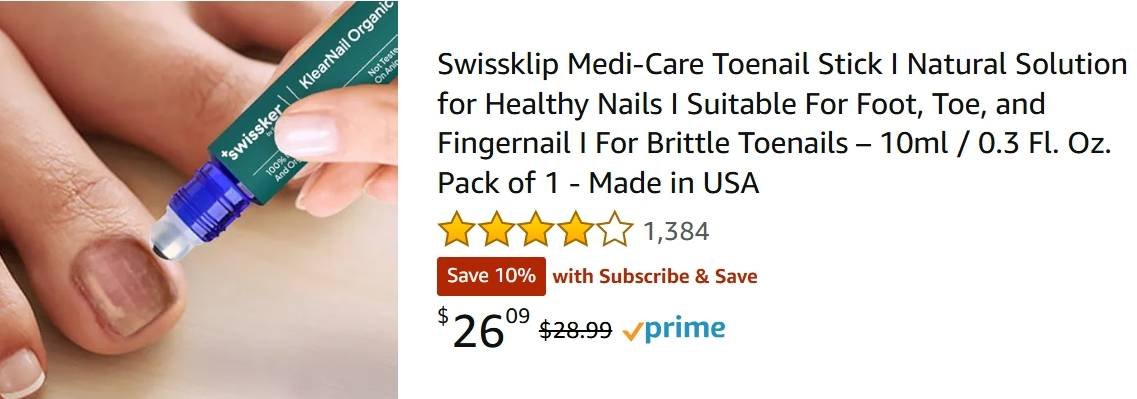Toenail Fungus and Public Showers: How to Stay Safe
Find a Podiatrist Near You
Get same-day appointments with verified podiatrists. Insurance accepted.
Public showers are a breeding ground for fungi, bacteria, and other microorganisms. Whether you’re at the gym, a swimming pool, or a shared dormitory, damp environments increase the risk of toenail fungus. Understanding how fungal infections spread and taking preventive measures can help you keep your feet healthy.

How Toenail Fungus Spreads in Public Showers
Toenail fungus, also known as onychomycosis, is caused by fungal organisms that thrive in warm, moist places. Public showers provide the perfect conditions for these fungi to grow and spread. Here’s how infections occur:
- Direct Contact with Contaminated Surfaces – Fungi can survive on shower floors, mats, and drains. Walking barefoot increases the risk of exposure.
- Shared Hygiene Items – Borrowing towels, nail clippers, or foot scrubs can transfer fungal spores.
- Weakened Nail Barrier – Small cuts, cracks, or weakened nails make it easier for fungi to enter and infect the nail bed.
- Sweaty or Damp Feet – Excess moisture trapped in shoes or socks after using a public shower can promote fungal growth.
Signs of Toenail Fungus
If you’ve been using public showers, watch for early signs of infection:
- Yellow, white, or brown discoloration on the nail
- Thickened, brittle, or crumbling nails
- A foul odor coming from the affected toenail
- Nail separation from the nail bed
- Itching, redness, or discomfort around the nail
Detecting toenail fungus early increases the chances of successful treatment.
How to Stay Safe in Public Showers
1. Wear Shower Shoes or Flip-Flops
Never walk barefoot in public showers. Wearing waterproof sandals or flip-flops creates a barrier between your feet and contaminated surfaces.
2. Keep Feet Clean and Dry
Wash your feet thoroughly with soap and water after using a public shower. Dry them completely, especially between the toes, to prevent moisture buildup.
3. Use Antifungal Powders or Sprays
Applying an antifungal powder or spray before and after showering adds an extra layer of protection. These products help prevent fungal spores from taking hold.
4. Avoid Sharing Personal Items
Never share towels, razors, nail clippers, or socks. Fungal infections spread easily through contaminated personal items.
5. Disinfect Shoes and Socks
Fungi can live in shoes and socks, waiting for the right conditions to infect your nails. Wash socks regularly in hot water and use antifungal sprays inside your shoes.
6. Trim Nails Properly
Keep toenails trimmed short and straight across. Avoid cutting them too close to the skin, as small cuts can make infection more likely.
7. Choose Breathable Footwear
Wear shoes made from breathable materials like leather or mesh. Avoid tight, non-ventilated shoes that trap moisture.
What to Do If You Get Infected
Despite precautions, infections can still occur. If you notice signs of toenail fungus, act quickly:
- Use Over-the-Counter Antifungal Treatments – Topical antifungal creams, lacquers, and medicated powders can help in mild cases.
- Try Home Remedies – Some people find relief with tea tree oil, vinegar soaks, or hydrogen peroxide treatments.
- See a Doctor for Severe Cases – If the infection worsens or spreads, prescription medications or laser treatments may be necessary.
In the YouTube video above “Dermatologist Shares Treatments for Nail Fungus & Prevention Tips” (Dr. Sam Ellis, published about 1.8 years ago), Dr. Ellis dives into the causes, treatment options, and prevention strategies for managing nail fungus effectively
Final Thoughts
Public showers pose a risk for toenail fungus, but simple precautions can keep your feet safe. Wearing shower shoes, practicing good hygiene, and using antifungal products can greatly reduce the chances of infection. If you suspect a fungal infection, address it early to prevent it from spreading. Taking proactive steps ensures you can enjoy public facilities without putting your foot health at risk.
Ready to See a Podiatrist?
Connect with top-rated podiatrists in your area. Book appointments instantly with verified doctors who accept your insurance.
Same-Day Appointments
Get seen today with urgent care availability
Verified Reviews
Real patient reviews and ratings
Insurance Accepted
Most major insurance plans covered
